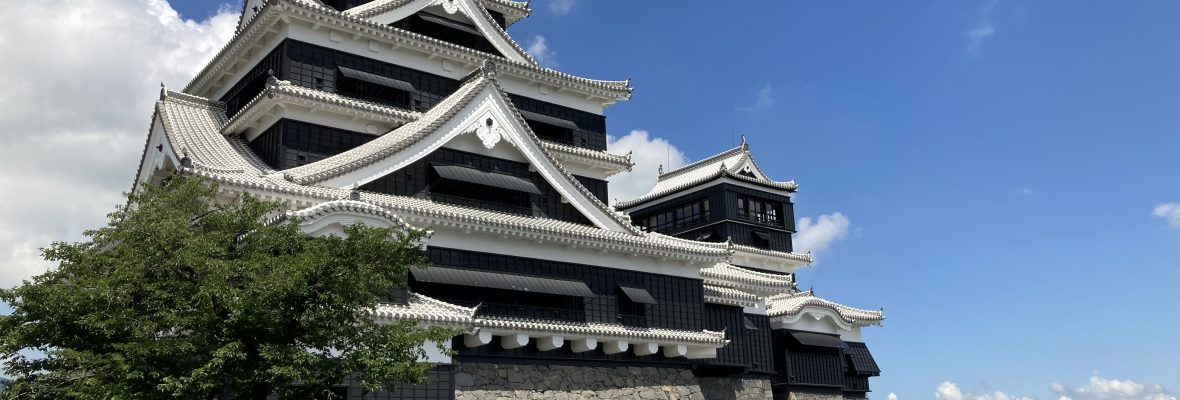I have a always been curious about the Japanese population during different eras of Japanese history. Especially during the Mongol invasions, Sengoku, Edo and Meiji periods. When researching history I always come across army sizes and rebellion sizes etc. But the number of people who actively take part in a war or rebellion has no real meaning if it cannot be used to show what percentage of the population took part. eg. In 1850, 200 farmers in a provincial town rebelled against the Tokugawa bakufu for unfair taxes. Unless it mentions that the town had a population of 2,000 or 100,000 we would not know how important or influential the rebellion was in the town and surrounding area. Of course, in a town of 2,000 one could assume the impact of the rebellion would have a greater role in the town than if it occurred in a city of 100,000.
Anyway, I stumbled upon a website with reasonable credibility which notes the Japanese population at different times in history. Early figures are only estimates but they still give a good idea of the population of Japan.
Total population
During the Mongol invasions (1270s-80s) 6,000,000.
Sengoku Period (1467-1600) 8,000,000 which jumps to 12,000,000 by 1600. This is an interesting point because it is thought that less than 20% of the population during this time belonged to the bushi or samurai class. This still equates to nearly 2 million people actively engaged in warfare for nearly 200 years. Yet despite these war years the general population still increases. The majority of the population are farmers and merchants.
Edo Period (1603-1868) 12,000,000 which jumps to 34,500,000.
City growth
Edo’s population grew significantly from the beginning of the Edo Period. In 1550 Edo’s (Tokyo) population was only 10,000. In 1600 it grew to 100,000 and by 1850 grew to 1,150,000.
Kyoto was traditionally the capital and centre of Japan. It had a population of 430,000 in 1650 and was by far the largest city in Japan. In 1873 it decreased to 238,000 as people migrated east to Edo.
Nagoya grew slowly, it had a population of 87,000 in 1650 which grew to 125,000 in 1873.
Osaka’s population grew in the early Edo period but decreased leading up to the Meiji period. 220,000 in 1650, 410,000 in 1750, then decreased to 271,000 in 1873.
Japan’s population significantly increased from 1945. There were 72,000,000 people in 1945 which grew to 127,000,000 in the year 2000. But population forecasts predict that in 50 years the Japanese population will decrease back to about 70,000,000 as younger generations are not having as many children anymore and the older people pass away.


You stated “ Anyway, I stumbled upon a website with reasonable credibility which notes the Japanese population at different times in history. ”
What is the name of this website you refer to? Thanks
LikeLike
Hi thankyou for following my blog. Much appreciated. As for this question, sorry, I wrote this nearly 10 years ago. I don`t remember. I think I updated it a few times as well from a number of different sources over the years.
LikeLike